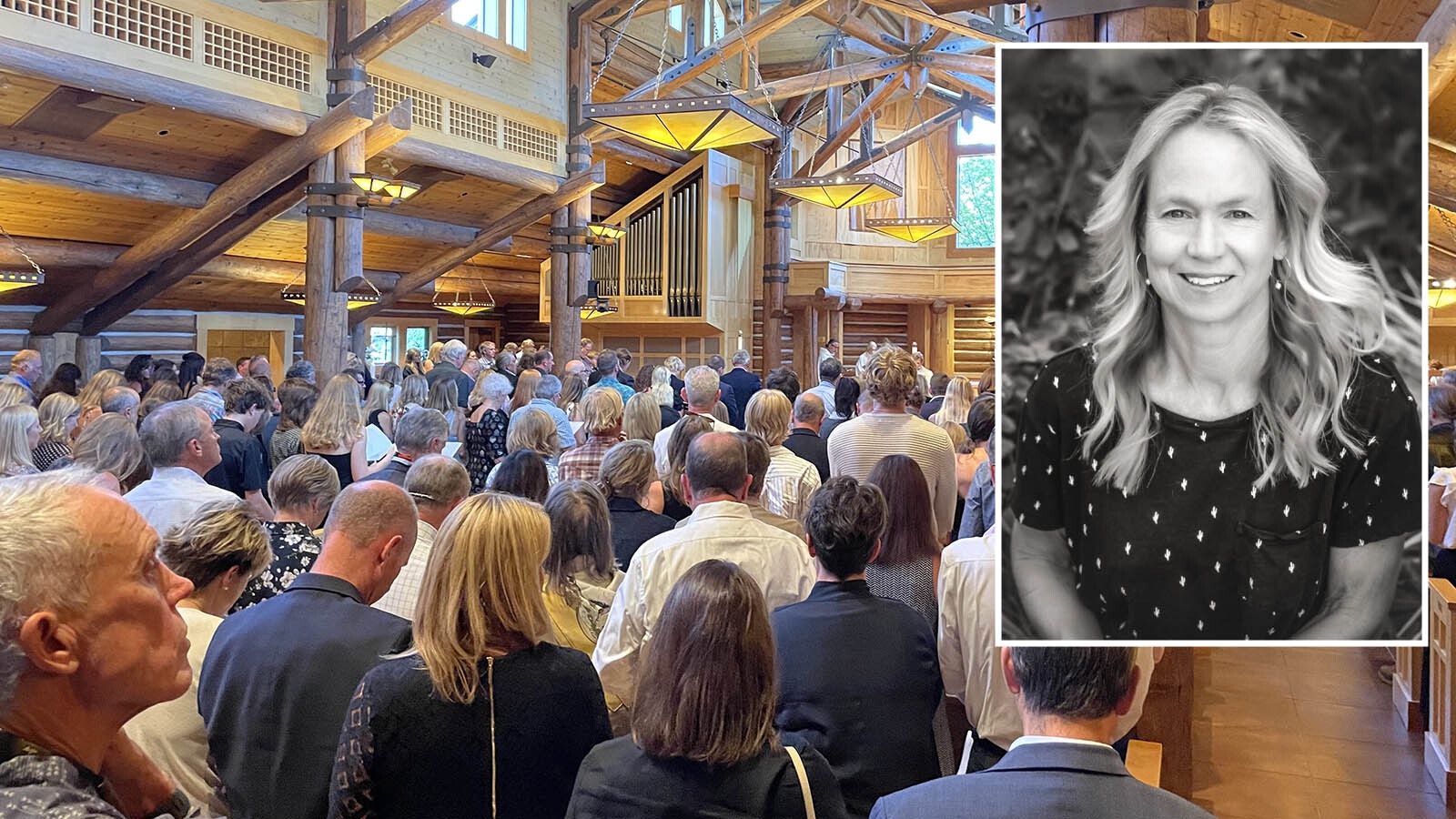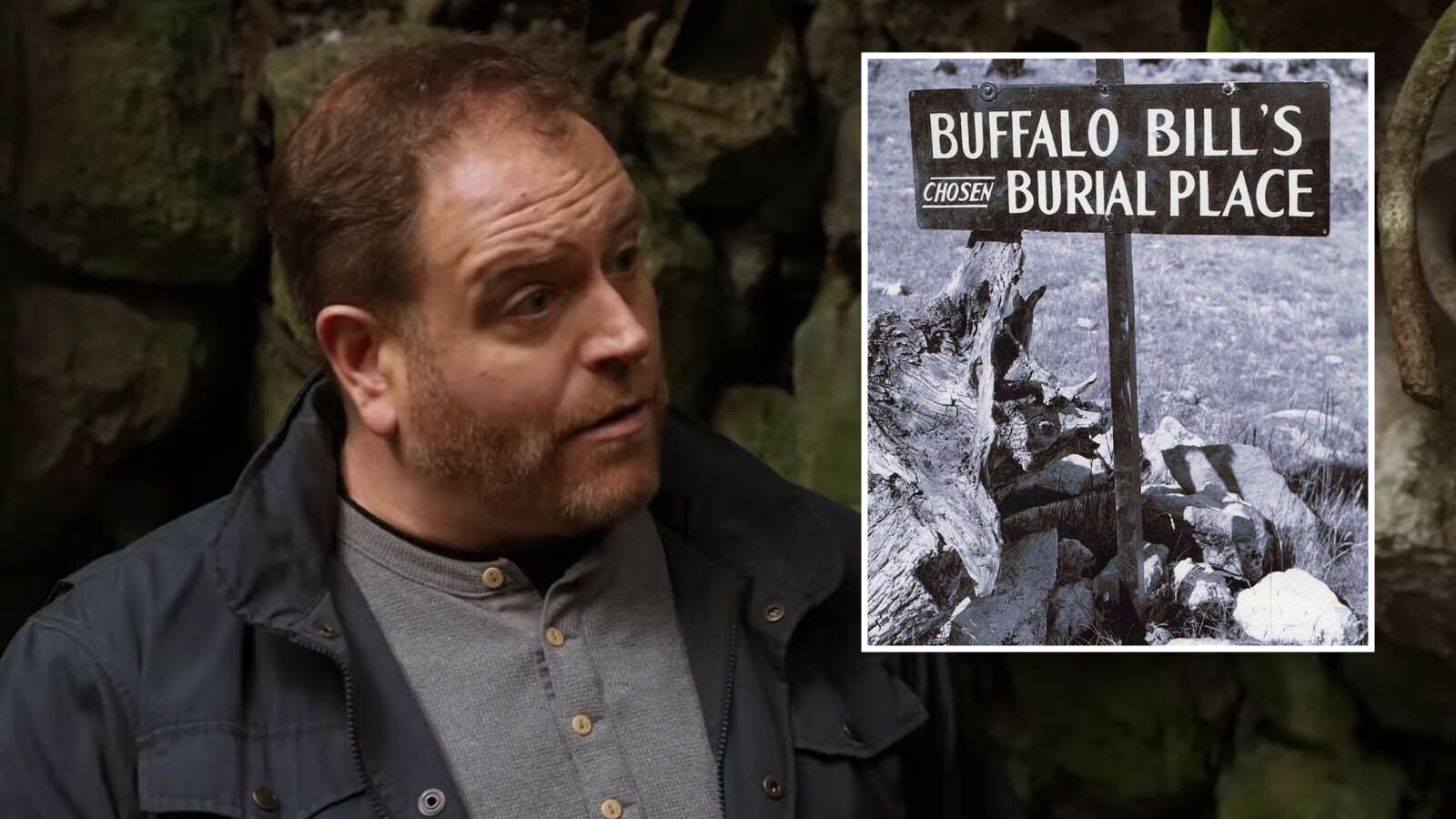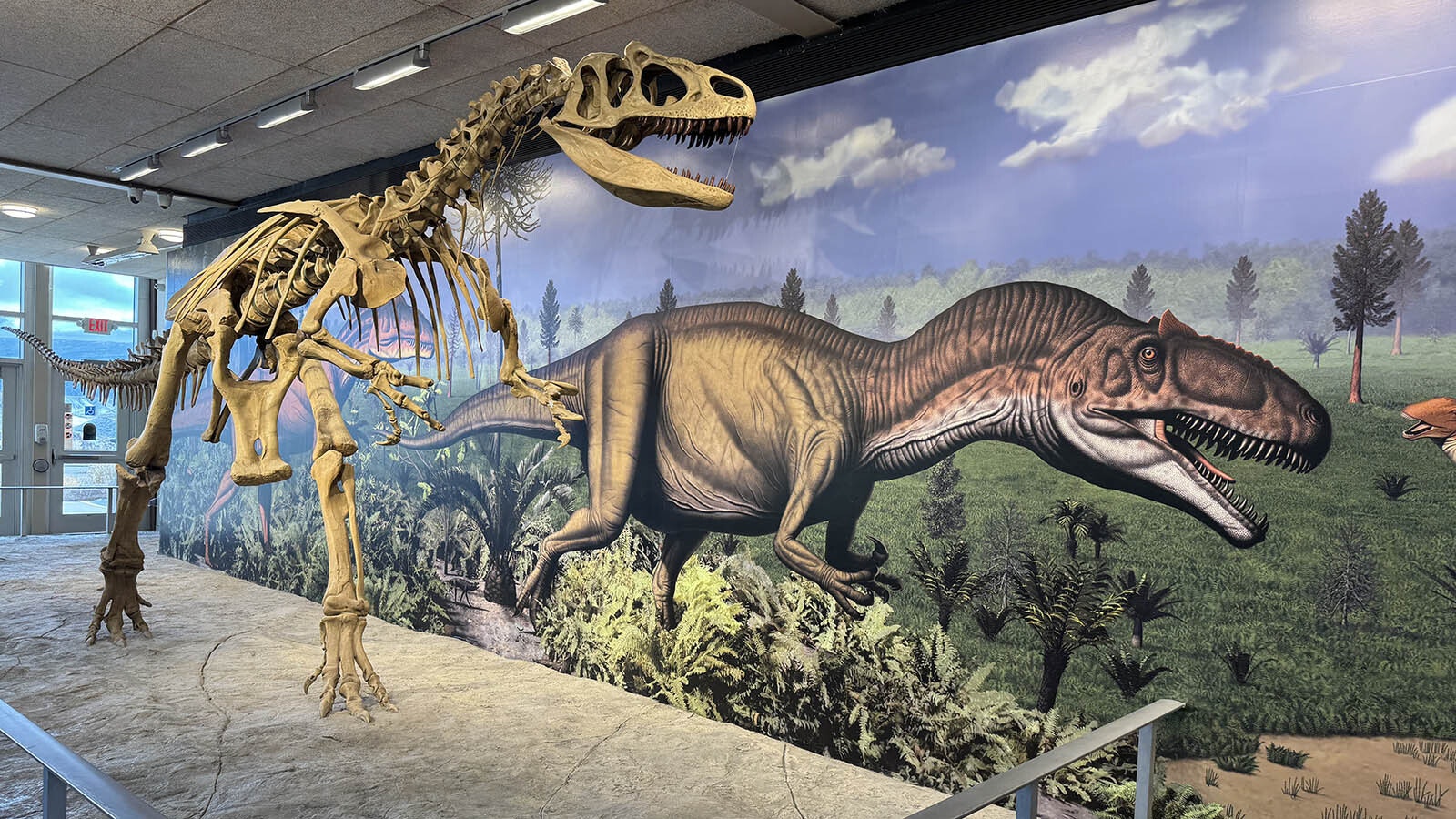The Hart Ranch is one of the oldest ranches in Wyoming. Situated on the Laramie high plains and surrounded by the Snowy Range to the west and Laramie Mountains to the east, the ranch was founded in the early 1860s.
Most important to the residents of Laramie, the ranch holds the earliest recorded water rights on the Big Laramie River whose headwaters begin in Northern Colorado. After struggling for years for good water rights, the City of Laramie purchased the ranch in July 2022 from the Bath family for over seven million dollars. Municipal bonds will finance seven million of the purchase price with the remaining $583,400 to be paid by the municipal water system.
“It's got a beautiful backdrop of the mountains,” Jay Smith, Laramie’s natural resource program administrator said on a recent trip to Hart Ranch. “You can look down into the hay meadows. I just saw a bull and cow elk in the willows. I'm surrounded by these buildings that we believe to be from the 1860s. They stick out across the landscape. It's pretty amazing, to be honest with you.”
The ranch itself is approximately 8,200 acres located in Albany County and was originally part of the Overland Trail. The city owns more than 4,600 acres of the Hart Ranch property, buildings, improvements, crops, timber, mineral rights and, most important, the water rights.
National Registry of Historic Places
Remnants of life along Wyoming’s historic trails are scattered on the Hart Ranch property, including the old bunkhouse and blacksmith shop. The main stage station building is located on the west side of the river, on what is known today as the Richardson's Overland Trail Ranch. Inclusion of the Hart Ranch in the National Register of Historic Places will be explored as a possibility.
“We don't really know if it's all going to be eligible, yet,” former State Historic Officer Mary Hopkins said. “We're still investigating that and hired a contractor to do the nomination. (State Archaeologist) Spencer Pelton is doing the testing for the archeology.”
The historic significance of the trail is even tied to the Pony Express and represents an important legacy of the American West. The United States Congress authorized the Pony Express as a mail delivery service in 1859, paving the way for a stage line and a series of stage stations along the route. One such route was operated by the Overland Stage Company and became known as the Overland Trail. The Big Laramie Stage Station was located on the west bank of the Big Laramie River and was a major overnight stop along the trail.
The construction of the Transcontinental Railroad marked the beginning of the end for the Overland Trail stage route. Remains of these stage stops are still scattered throughout Wyoming, some of which are located on the present-day Hart Ranch.
“We need to get some stabilization done on some of the buildings, so that's why we're doing a national register nomination first,” Hopkins said. “That would open us up to other grant opportunities. Hopefully we'll be able to get the buildings worked on. The blacksmith shop and bunk house are the two oldest buildings on the property, and they're pretty darn intact.”
The historic buildings on the property are what drew Hopkin’s interest during the recent tour of the ranch. Blue sky peeks through the dilapidated roof attempting to cover the nearly 160-year-old bunkhouse. Bricks are missing in the chimney and weatherbeaten siding sags into the earth. The doors allow light and creatures into what was once the home of the ranch hands.
Inside the blacksmith shop, tools of the trade remain hanging on the log walls beneath a wooden ceiling. Also built at least 150 years ago, the log cabin is covered on the outside with tin, and the chinking needs to be replaced.
What Hopkins envisions is not just preserving the old buildings structurally but telling their story as part of the rich history of Albany County. Smith, Laramie’s resource manager, agreed with Hopkin’s vision.
“Hopefully in the future, we can get some kind of historic marker, and perhaps the historic restoration for one of these buildings to bring them back to their former glory, kind of show the public what this looks like in the 1860s,” Smith said, “The council and the community have a vast interest in this ranch. There's wildlife habitat, there's the culture of ranching, there's protection of the water rights. There's the possibility of open space and recreation in the future.”
Beyond The Water Rights
Although the city's primary interest in the property was the water rights associated with the land, they also have a plan to manage the property for recreation and other public purposes.
The ranch sits adjacent to the Hutton Lake National Wildlife Refuge. With sustaining water as a prominent feature, the refuge is home to many species of birds and a variety of big and small game species including elk, deer and antelope.
“I'm really happy the city reached out to the Albany Historic Board because they have these historic buildings out there on Hart Ranch,” Hopkins said. “They were really wanting to know what they could and couldn't do.”
Hopkins helped the city of Laramie apply for grants so that a recording of the historical assets on the property could be done. This assessment with the state of Wyoming Archaeologist could determine such things as to what stabilization of buildings are possible and identify potential educational programs for future use.
“They want a solid plan before they do anything else with it,” Hopkins said, “which I think is great. You know, you can't really open it until you know what use you're going to use it for and how you're going to manage it with the public.”
As the community leaders dream of what the future of the 1860s Hart Ranch could look like to Laramie, Hopkins is there to help Smith create a blueprint to preserve the history of the place for future generations.
Jackie Dorothy can be reached at jackie@cowboystatedaily.com.













